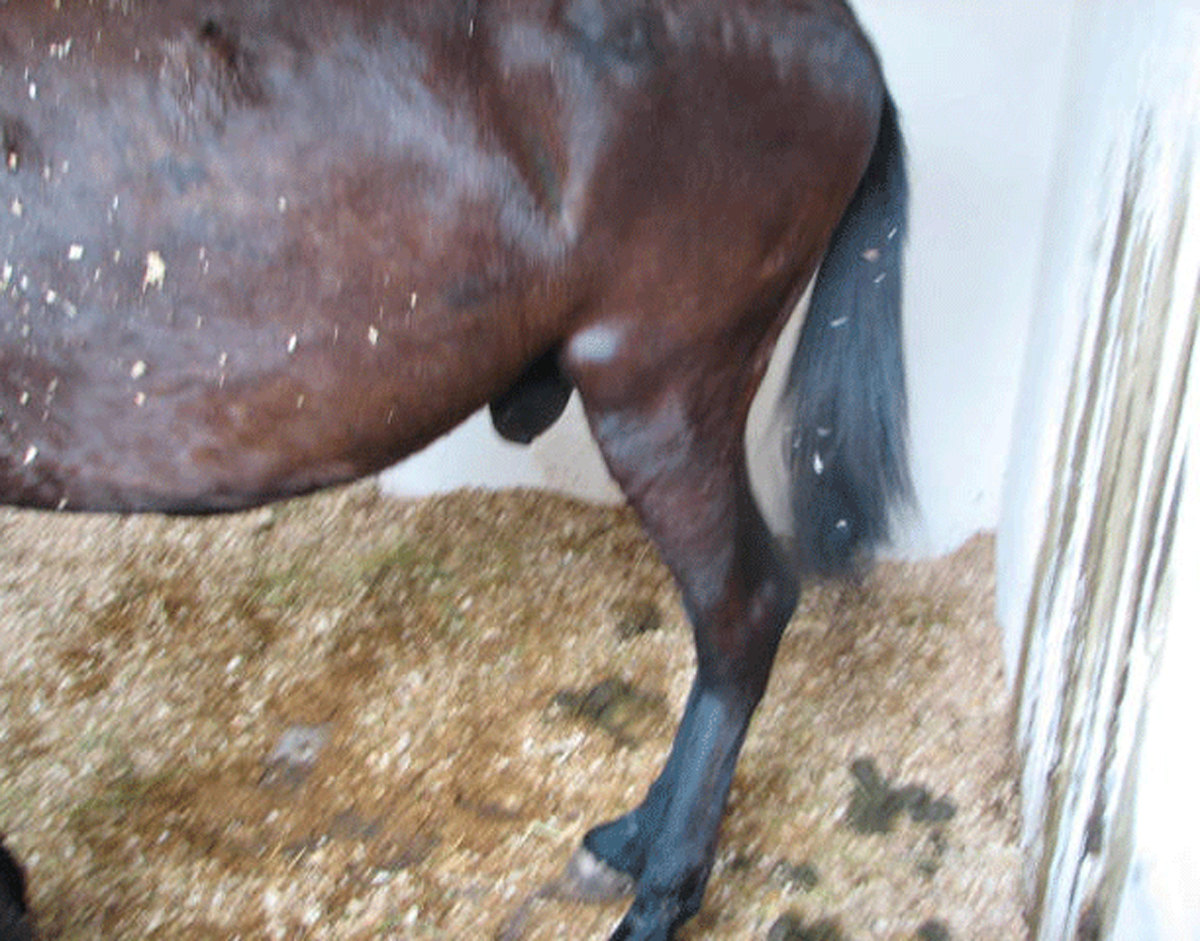
Most horses will develop some degree of diarrhea in their lives, yet researchers have said that in less than 50% of cases will a definitive cause be determined. Plus the fact that diarrhea affects the horse’s GI microbiome.
McKinney, DVM, MPH, is a NIH T32 postdoctoral fellow in Comparative Biomedical Sciences at North Carolina State University College of Veterinary Medicine. Her internal medicine residency research work at Tufts University revolved around the equine fecal microbiome, how it changes in colitis, and how it can be manipulated through treatments like fecal microbiota transplantation. Her professional interests include comparative and translational gastrointestinal research with a focus on manipulating the microbiome.
McKinney said the mortality rate of horses with diarrhea admitted to a hospital is about 30%.
“A horse with chronic diarrhea can have 90 liters of diarrhea per day, which can lead to dehydration,” stated McKinney.
She said the bacterial balance in the colon is critical to gastrointestinal health. Dysbiosis can cause diarrhea, said McKinney. Dysbiosis refers to an imbalance of intestinal microbiota. That interferes with normal gut function that can cause numerous issues, including “leaky gut” syndrome, laminitis, malabsorption, and more.
McKinney said malabsorption occurs when there is damage to the lining of the intestine and it can’t absorb nutrients or water. She said it can take up to five days for the lining to be replenished if there is no more damage occurring. She also said immature cells are not as good at absorption.
“And it’s not just physical damage,” she said. “There is a loss of metabolic enzymes that (bacteria in the microbiome) produce.”
McKinney said that usually vets think of diarrhea from a viral infectious disease, but you can also get parasitic diarrhea.
The Merck Veterinary Manuel defines it this way: “Larval cyathostominosis is a clinical syndrome caused by mass emergence of encysted cyathostomin larvae from the large intestinal walls. It is characterized by acute, generalized typhlocolitis, resulting in a profuse, watery diarrhea, and horses often present with ventral edema.”
Horses also are prone to right dorsal colitis, which is an inflammatory bowl disease usually associated with use of non-steroidal anti-inflammatory drugs (NSAIDs). McKinney talked about diagnosis and treatment of this issue.
Other topics covered:
- Why diarrhea is a problem in horses
- Mechanisms behind diarrhea
- Toxins
- Sand
- Free fecal water vs diarrhea
- Microbiota/microbiome
McKinney said free fecal water research has shown that horses with low ranks in the social hierarchy (especially geldings and especially in winter) can suffer from this issue. She also said research pointed to Paint horses being more affected.
McKinney has allowed her email to be included in this article if you would like to talk to her about any of the topics she covered. You can email her at camckinn@ncsu.edu.








